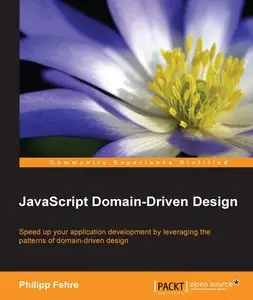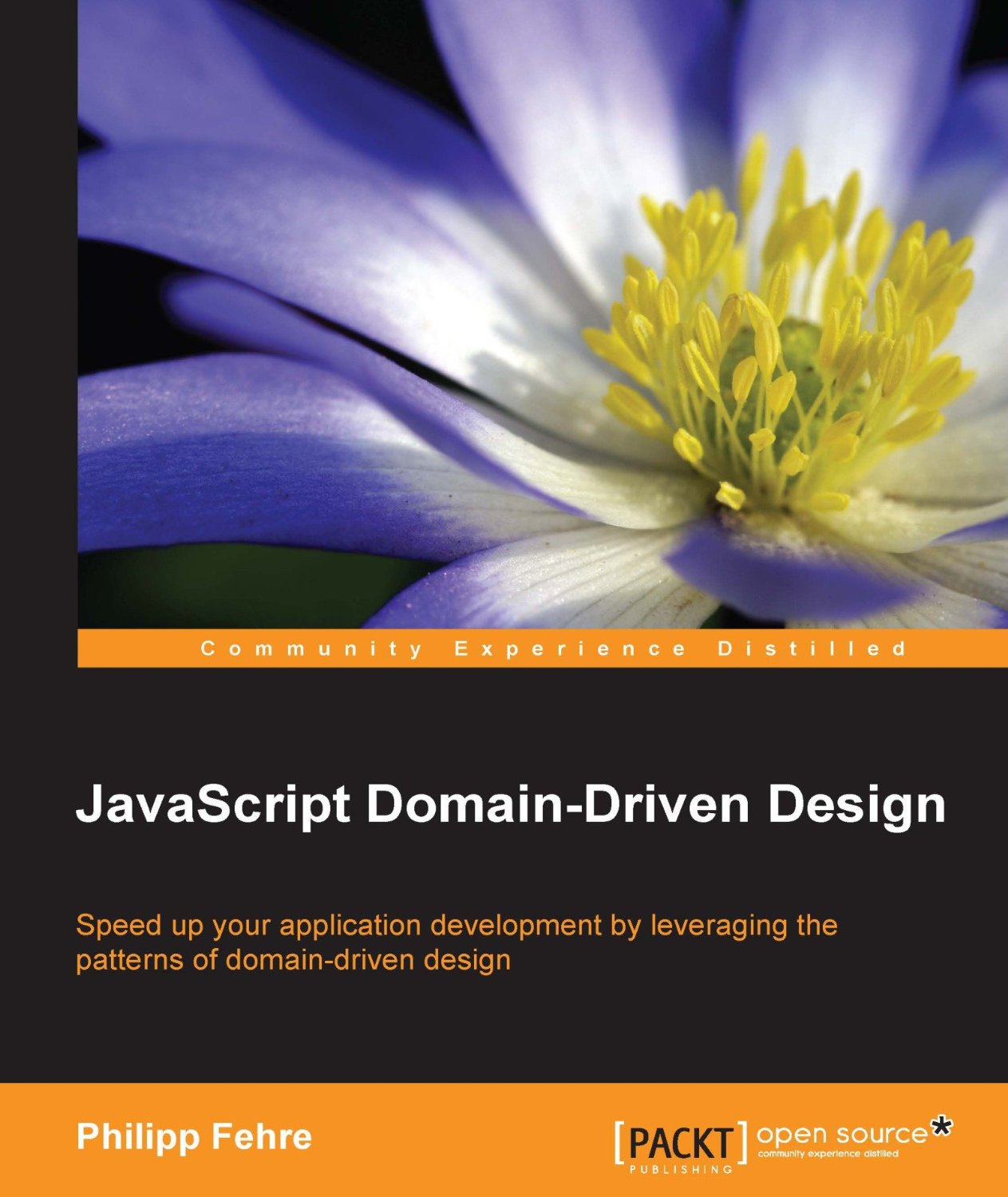JavaScript Domain-Driven Design by Philipp Fehre
English | 31 July 2015 | ISBN: 1784394327 | 206 Pages | EPUB/MOBI/PDF (True) | 6.1 MB
With: Code Files
English | 31 July 2015 | ISBN: 1784394327 | 206 Pages | EPUB/MOBI/PDF (True) | 6.1 MB
With: Code Files
If you are an experienced JavaScript developer who wants to improve the design of his or her applications, or find yourself in a situation to implement an application in an unfamiliar domain, this book is for you. Prior knowledge of JavaScript is required and prior experience with Node.js will also be helpful.
Speed up your application development by leveraging the patterns of domain-driven design
About This Book
Understand the complexity of your business requirements to develop more productive applications
Combine modern development techniques with traditional methods and create new applications to suit your needs
Acquire practical skills through application designing explained with examples
What You Will Learn
Make communication with businesses more productive by identifying your requirements
Analyze a project to build the right features at the right time
Test the vital parts of your project by implementing test-driven design
Create application prototypes and utilize UML to enhance developer productivity
Explore effective means of communicating with non-developers to find out more about their requirements
Discover how to create manageable applications in JavaScript from scratch
Learn to quickly build advanced JavaScript applications
In Detail
JavaScript backs some of the most advanced applications. It is time to adapt modern software development practices from JavaScript to model complex business needs.
JavaScript Domain-Driven Design allows you to leverage your JavaScript skills to create advanced applications. You'll start with learning domain-driven concepts and working with UML diagrams. You'll follow this up with how to set up your projects and utilize the TDD tools. Different objects and prototypes will help you create model for your business process and see how DDD develops common language for developers and domain experts. Context map will help you manage interactions in a system. By the end of the book, you will learn to use other design patterns such as DSLs to extend DDD with object-oriented design base, and then get an insight into how to select the right scenarios to implement DDD.



